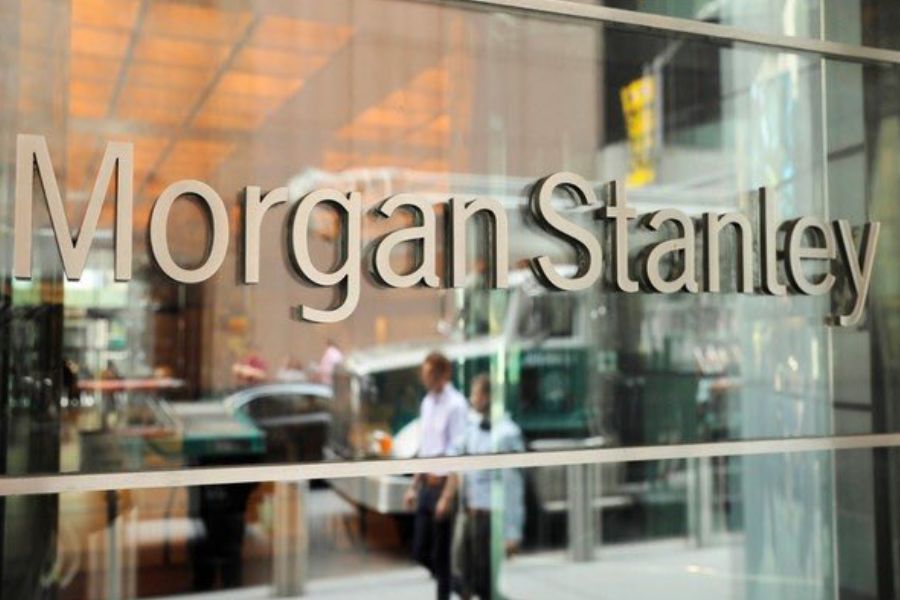The heat and the dust of general elections are still some way off but that has not stopped well-known commentators from whipping up a debate on what the complexion of India’s next government formation should be. Morgan Stanley’s chief economist for Asia, Chetan Ahya, and his team prepared a note recently which said that the key risk for financial markets is the “emergence of a weak coalition government”. A regime hobbled by dissension and so deeply divided by prejudices and compulsions that it leads to policy-making inertia is undesirable. Mr Ahya, however, is more troubled that such a coalition might “pivot back toward redistributive policies at the expense of the focus on boosting capital expenditure and implementing supply-side reforms.” The Morgan Stanley chief economist’s regime preference is barely disguised even though the comment is tucked away in the note. But it is predicated on two inherently bad assumptions: first, that policy-driven redistribution of wealth is not a desirable objective if it crimps capital expenditure and, second, that only a strong government can deliver real reform.
The World Inequality Report 2022 shows that India ranks among the most unequal nations in the world: the top 10% earn 22 times more than those in the bottom 50% of the national income pyramid. If anything, the new government ought to focus on reducing this income inequality to bring it on a par with other middle-income countries. But global investment banks and the capital markets hate change. They applaud the fact that the current regime has increased its capital expenditure — investment in railways, roads, plant and machinery — to its highest level in nine years at 2.91% of the GDP in the year ended March 2023. The Morgan Stanley note makes a strong case for supply-side reforms, glossing over the virtues of a demand side pull that even a small redistribution of wealth can trigger. The truth is that regimes in India have gone down the rocky road of reforms when steeped in a crisis, such as the liberalisation of 1991. P. Chidambaram’s dream budget of 1997, which slashed income and corporate taxes, was delivered by a shaky H.D. Deve Gowda government. The platform for the so-called JAM trinity — banks accounts for the poor, the Aadhar programme and the ubiquitous mobile phones — was conceived and developed by the Manmohan Singh-led UPA government. The electorate will be wise not to vote in a regime that pursues reforms that portend heightened dirigisme, statistical trickery, and flagrant invasion of private spaces.










